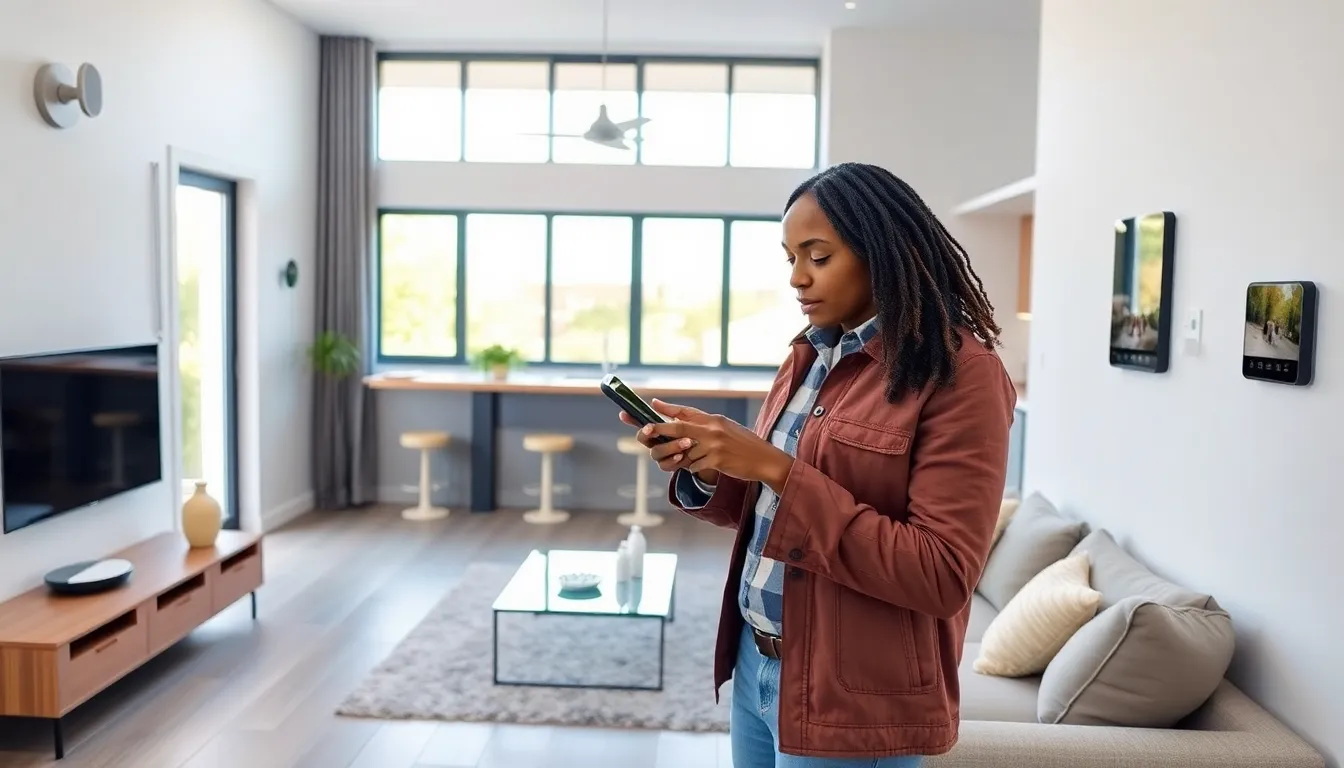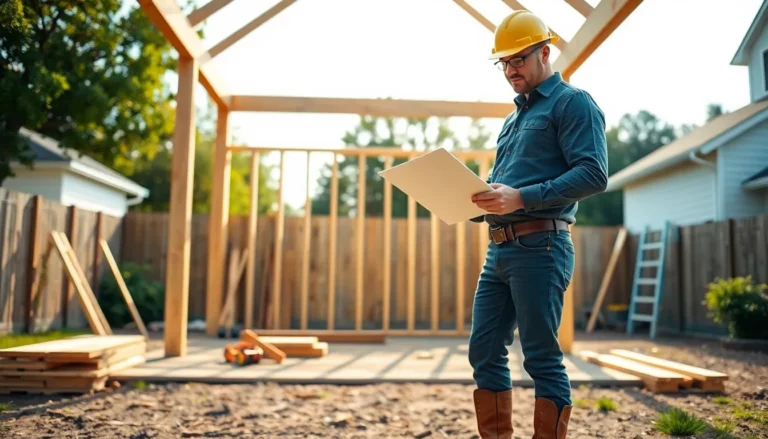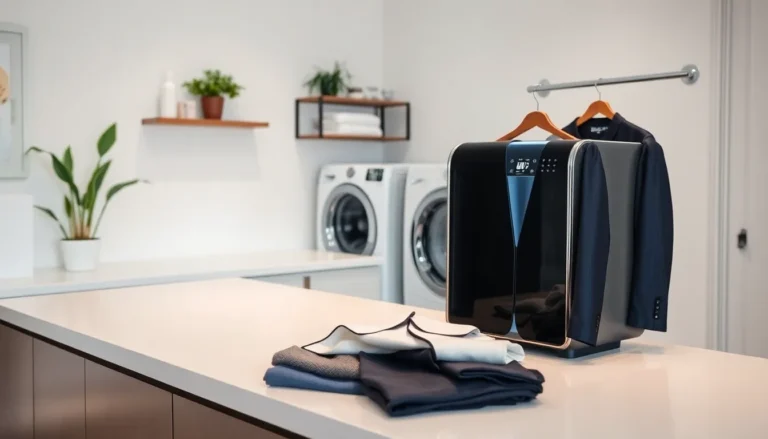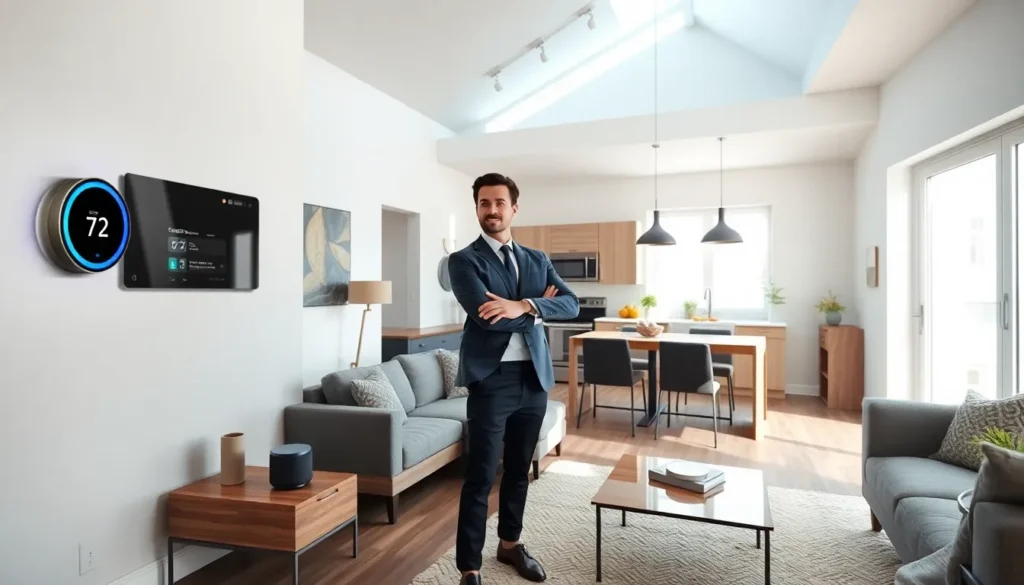Table of Contents
ToggleImagine a home where the lights greet you as you walk in, the thermostat knows just how warm you like it, and your coffee is ready before you even step out of bed. Sounds like a dream, right? Well, it’s time to wake up, because smart homes are not just a figment of our imagination anymore: they’re very much a reality. With their blend of convenience, energy efficiency, and cutting-edge technology, it’s no wonder why smart homes for sale are becoming increasingly sought after, transforming the way people live and interact with their environments. In this text, we’ll unpack the ins and outs of smart homes and help you navigate this exciting new realm.
What Is a Smart Home?

A smart home refers to a residence equipped with devices that automate tasks and manage operations through the Internet of Things (IoT). Picture this: you can control lighting, heating, air conditioning, and even security systems from your smartphone. It’s like having a magic wand that turns your house into a personal assistant. These homes use various technologies, including smart appliances, smart lighting, and advanced security systems. From voice-activated assistants to thermostat controls you can monitor remotely, smart homes are revolutionizing traditional living. They empower homeowners with real-time information, making it easier to manage energy usage, enhance security, and boost convenience.
Benefits of Smart Homes
Investing in a smart home comes with numerous benefits. First and foremost, energy efficiency tops the list. Smart thermostats adjust to your schedule, ensuring you’re not heating or cooling your home when no one is around, which helps lower energy bills. Besides, these devices can provide valuable insights into your energy consumption, steering you towards more sustainable habits.
Convenience follows closely behind. With smart homes, you can control almost every facet of your living space straight from your phone or via voice commands. Imagine stepping into a perfectly lit living room with your favorite tunes already playing. Sounds appealing, right? Safety and security also receive a significant boost. High-tech security systems allow for surveillance, notifications, and even remote locking, ensuring peace of mind.
Finally, it’s about modern living. Integrating technology into your home not only enhances lifestyle but can also boost property value. When it comes time to sell, a smart home can be a significant selling point due to buyer interest in modern tech.
Features to Consider When Buying a Smart Home
Before diving headfirst into the smart home market, it’s crucial to consider specific features that would best cater to your lifestyle. Home Automation is one area to explore extensively. The ability to control appliances, lighting, and security systems from a single interface can make daily living exceptionally seamless.
Energy Management Systems should also be on your checklist. These systems monitor how energy is consumed within the home, aiding in reducing bills and promoting sustainable use. Security Features like smart locks, cameras, and motion sensors add significant value, ensuring heightened safety.
User-friendly interfaces matter too. A complex system may deter proper use, so look for systems that prioritize ease of navigation. Finally, integration capabilities should not be overlooked. The more devices and systems that can work cohesively together, the smarter your home will truly be.
Current Smart Homes Market Trends
The smart home market is booming, and keeping up with trends can provide excellent insights for potential buyers. Currently, voice-controlled devices are leading the charge, with platforms like Amazon Alexa and Google Assistant becoming integral to many homes. Homes equipped with these devices often streamline operations and enhance user experience.
Another noteworthy trend is the shift towards energy-efficient smart technologies. With growing emphasis on sustainability, manufacturers are focusing on creating devices that help reduce energy consumption. Smart thermostats, for instance, have gained traction due to their remarkable ability to cut energy costs while providing comfort.
Also, security technology continues to evolve rapidly. Innovations in smart cameras and alarm systems have made homes safer while providing users with remote access and monitoring capabilities. As technology progresses, potential buyers should pay close attention to these trends, as they not only reflect the market’s direction but also play a crucial role in driving property value.
How to Find Smart Homes for Sale
Searching for smart homes for sale might seem daunting, but it doesn’t have to be. Begin by utilizing online real estate platforms that specialize in high-tech properties. Websites like Zillow and Realtor.com often feature listings with keywords like “smart home” or “automated features.”
Another effective strategy is collaborating with a realtor who has experience in the smart home market. They can offer vital insights and direct you toward properties equipped with the tech you desire. Don’t forget to attend open houses or property tours, allowing you to experience the smart features first-hand.
Also, social media platforms can be a treasure trove of information. Local real estate groups often share listings of smart homes, providing a community-driven approach to your search. Finally, don’t overlook the power of word-of-mouth. Friends, family, or colleagues may know of upcoming listings or can connect you with someone in their network.
Financing Options for Smart Homes
Financing a smart home doesn’t differ drastically from conventional home buying, but understanding specific options is essential. Traditional mortgage loans are still a primary path for financing, but be sure to inquire about whether the lender offers special programs for high-tech home features.
Another option becoming popular is energy-efficient mortgages (EEMs). These are designed for buyers looking to invest in homes with energy-efficient features. They allow you to borrow more money on a mortgage, given the expected savings on energy bills. Also, some states offer incentives or grants for purchasing energy-efficient homes, which could ease financial pressure.
Finally, consider the potential for smart home installations post-purchase. Initial costs may be mitigated through loans specifically aimed at renovations, allowing homeowners to upgrade their property at a manageable pace while reaping long-term benefits.







